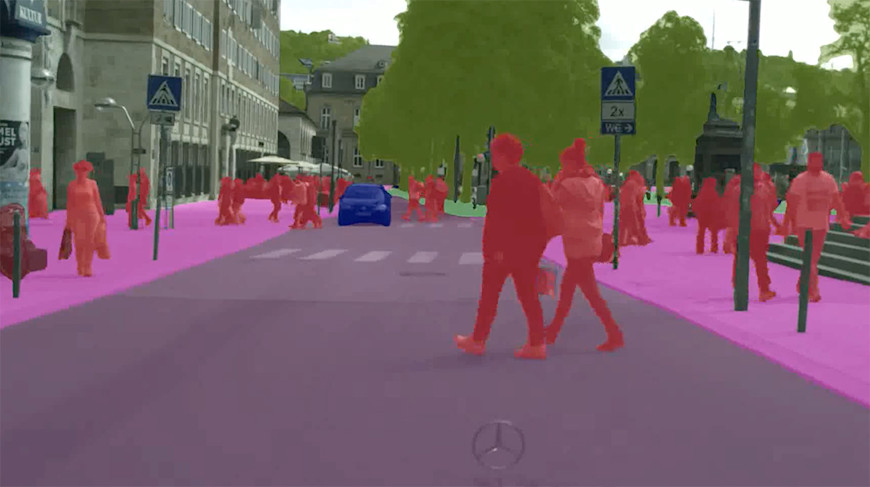


Artificial intelligence is the use of computers to make automated decisions or predictions. A broad category, it includes a large and growing number of techniques. Most AI systems perform a single, defined task, often a repetitive chore such as searching through files in a database or identifying patterns in images or other data. In some cases, one task can seem like many, or include multiple steps: For example, by analyzing and generating language, ChatGPT and similar systems can converse in forms as different as poetry or computer code. It’s not that language systems have developed broad, humanlike reasoning. It’s that a relatively narrow task, performed well across varied contexts, can yield impressive results.
A pioneering computer scientist, John McCarthy, coined the term artificial intelligence in 1955, later defining it as “the science and engineering of making intelligent machines.” “Intelligence” in this context isn’t a technical term, but essentially a stand-in for “impressive,” especially compared to what computers were capable of at a given time. The “I” in AI has proved a contentious choice, fueling decades of debate and confusion over what distinguishes artificial intelligence from data analysis techniques with more mundane names but similar results.
Some experts avoid the term “AI” altogether, instead referring to machine learning applications, meaning systems that learn tasks by training on relevant examples. Other experts define machine learning as MIT Horizon does: a set of techniques within the larger field of AI.
Many other technologies rely on AI to function or are themselves applications of AI techniques. For example, autonomous robots require AI to interpret their environments and take action without direct human control. Big data applications often use AI to perform detailed analysis. In fact, scale and complexity are common reasons for organizations to integrate AI into other technologies. AI can help cybersecurity systems detect and fend off an onslaught of cyberattacks, and advanced virtual reality products need AI to track a user’s hands and map them into a virtual environment in real time.
Meanwhile, AI is increasingly reliant on cloud computing, the use of shared, remote pools of computers to handle data storage, data processing, and other functions. By effectively renting time on large networks of internet-connected computers, organizations can access increased processing power, a necessary resource for training AI systems and one reason that models have grown significantly larger and more sophisticated in recent years. Cloud computing also allows more users to access AI-powered tools on more devices.
Over the past few decades AI has transitioned from promising (and often theoretical) research to the backbone of much of modern life. AI systems are now ubiquitous, enabling search and recommendation engines, spam filters, and advanced data analysis across many industries. AI techniques power the self-driving cars that companies are testing on highways and city streets, as well as automatic lane-keeping systems and other active driver assistance features found in most new consumer vehicles.
AI was once seen as a tool to fully automate complex tasks or entire occupations, but today many organizations have shifted to using the technology to assist rather than replace workers. Nonetheless, as it has become more common, AI has become increasingly controversial. A public backlash against facial recognition systems led to the first major bans and regulations against the technology. The arrival of ChatGPT and other generative AI systems, while attracting widespread interest and investment in AI companies, has also triggered lawsuits and labor actions against organizations that produce or use them. AI has never been more widely deployed or debated than it is right now.